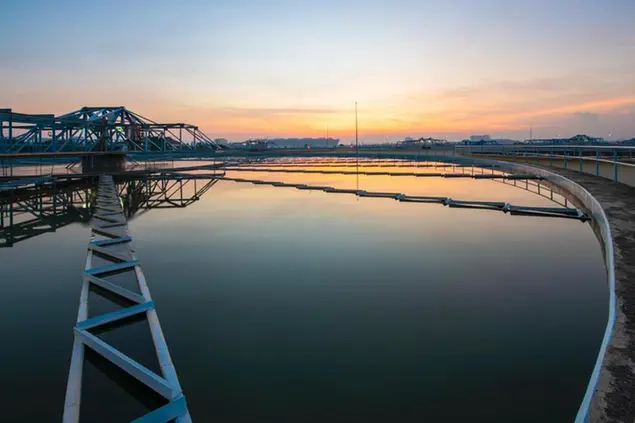PHOTO
RIYADH: Cloud seeding can help Saudi Arabia combat its water scarcity as the desert country has no permanent rivers or lakes and little rainfall to meet growing water demand.
“The Kingdom is considered one of the countries with the least rainfall, with an average of 100 mm annually," said Ayman Ghulam, chief executive officer of the National Center of Meteorology.
"Cloud seeding is one of the most promising solutions in Saudi Arabia,” he told a conference in Riyadh on Sunday.
Currently, the country relies heavily on groundwater and desalinated seawater to meet its water demand that has grown manifold in recent years as the Kingdom is undertaking massive developments to keep pace with the rising population.
Saudi Arabian authorities have been searching for other sources of water and maximizing its use, which is considered an integral part of Vision 2030.
The National Artificial Rain program, affiliated with the Saudi Green initiative, is expected to roll this year and continue for five years. The program aims to increase rainfall by up to 20 percent over the current rate.
The cloud seeding technology involves using salt flares to target specific types of clouds and stimulate rainfall.
This technology involves flying light aircraft into the base of clouds, releasing flares containing potassium chloride, sodium chloride, and magnesium. The flares are capable enough to turn water vapor into clouds, which later fall to the ground as rain.
The UAE is among the first in the region to successfully experiment with cloud seeding.
Copyright: Arab News © 2022 All rights reserved. Provided by SyndiGate Media Inc. (Syndigate.info).
RAYANA ALQUBALI
